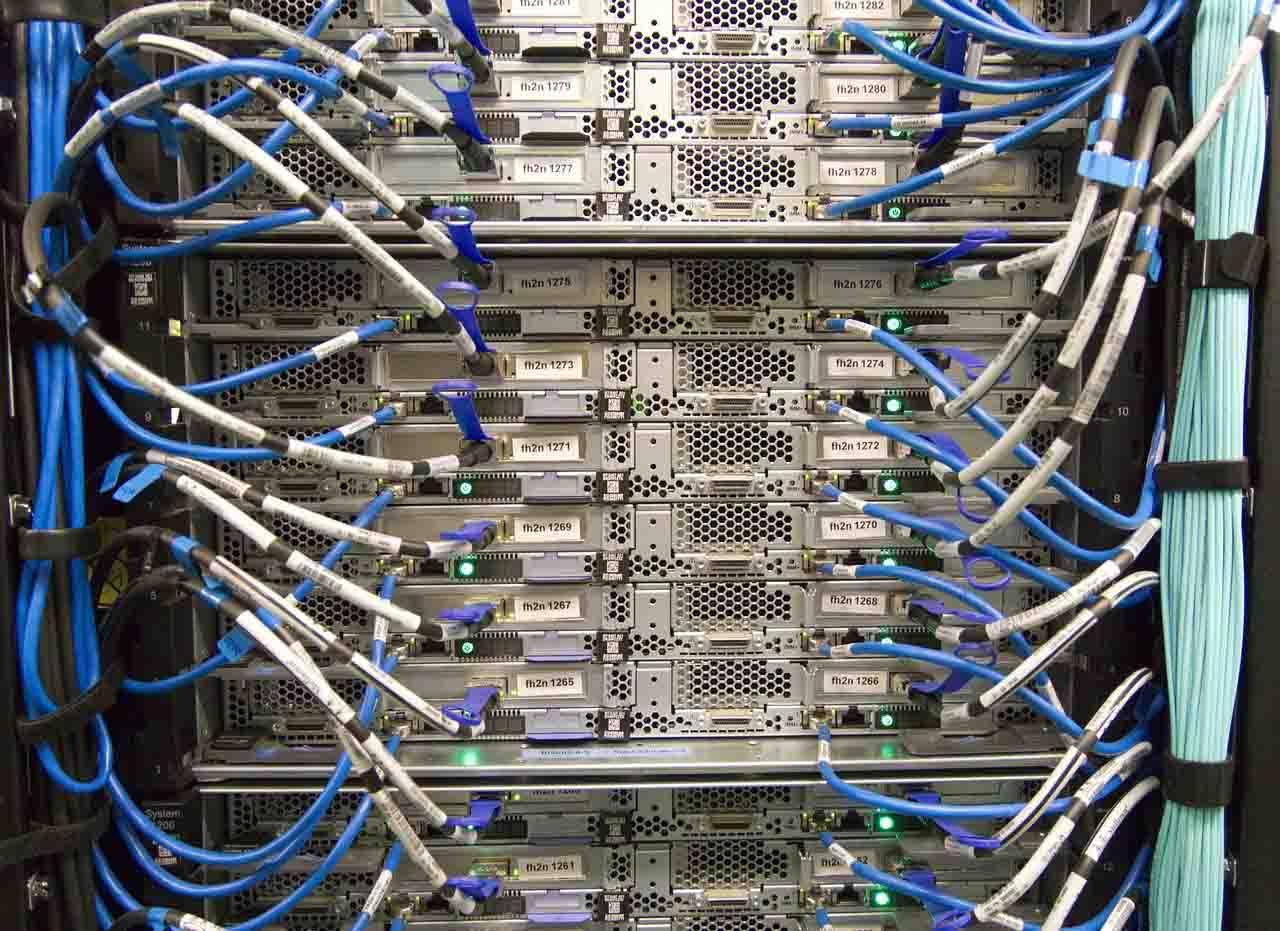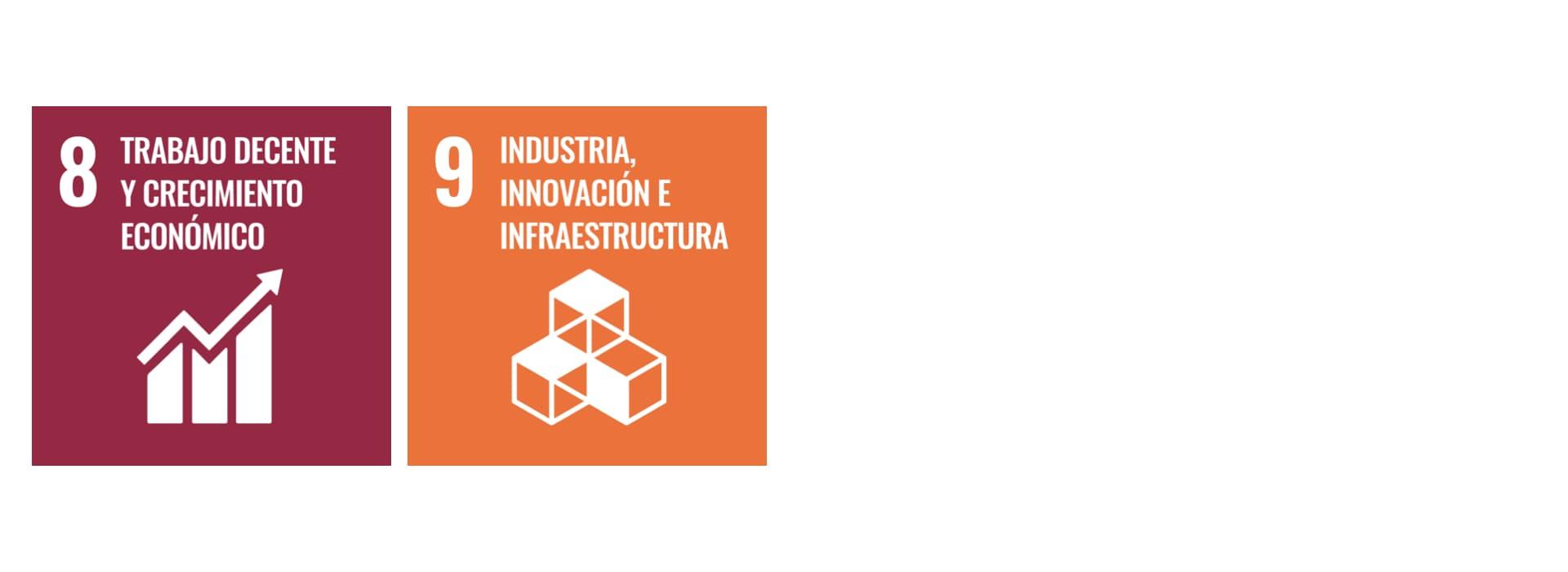Digitization of the SME: main character or spectator?
12 Octubre - 2021
Albert García Pujadas
Professor and Academic Coordinator of the Master in Digital Marketing Management
__
The reason for writing this article is the publication of the report on digitization of SMEs 2021, prepared by the ONTSI (National Observatory of Technology and Society) . I admit that many years ago I stopped looking at this report and similar when I considered that, from direct experience, the market was already beginning to assimilate the irreversible digitalization and it was not necessary to start any professional or academic presentation talking about "Internet penetration" and that this was "serious".
This article analyzes the report on the digitalization of SMEs 2021, prepared by ONTSI (National Observatory of Technology and Society).
To take a look at the report is to make a "return to the past". Arguably, it progresses, but not at the speed it should. At least, considering the convulsive year 2020 and part of 2021, in which digitization has been forced and accelerated.
By way of information, to say that the items measured by the report on digitization of SMEs 2021 are:
- Equipment and infrastructure: Basic infrastructure enabling Internet access (availability of Internet connection and fixed broadband penetration), as well as cybersecurity.
- Cultural change: Indicators on the use of computers and mobility (mobile devices that allow Internet connection and use by personnel) and acquisition of Cloud Computing services.
- Customer experience: Availability of website and Internet presence through social media.
- Training: Linked to digital talent in companies; the presence of employees specialized in technology, and the provision of training activities in technology to workers.
- Products and services: Indicators related to e-commerce (online purchases and sales).
- Process redesign: Indicators on Big Data analytics, 3D printing, robotics, Internet of Things (IoT) and electronic invoicing.
That "Equipment and infrastructure" (aka, having a computer and internet connection) achieves the highest scores should come as no surprise. But that it stands at 88% in the information and communications sector is more surprising than the <70% in sectors such as construction.
Ten years ago, SMEs could choose to be oblivious to digitalization and thrive. Today, they could hardly survive.
The heterogeneity implied by these types of reports is fascinating. Putting in the same bag companies doing Big Data or IoT with sectors or companies that do not provide connection to 100% of their employees, is a difficult comparison. Or companies where there is no intention whatsoever to train employees versus companies with individual learning plans. The contrast today is almost stark because the framework has changed exponentially. Ten years ago SMEs could choose to remain oblivious to digitalization and thrive, today they could hardly survive. This is their choice.
Questions must be rephrased
We know companies and sectors that would score well according to the criteria of this report. We also know that, if analyzed in depth, they fail in digitization. So perhaps we should change the questions. I propose the following:
- If software is "eating the world" it matters a lot what professionals you have:
- How many engineers do you have on staff?
- What proportion of the workforce is capable of creating technology?
- How many service and interaction designers do you have?
- How many people are able to analyze data?
- Do you allow and admit failures? Making mistakes in an uncertain environment is inevitable and the only way to success. To err quickly is to get it right. But be careful, don't be a hamster. Running is not always moving forward.
- Sharing transformation is not consensus. Leadership is key. Do you have it?
- Are the goals and plans quarterly?
- Do you simplify for value? For the customer and for the company:
- Forget about "Cosmic Garbage": those products/services that do not generate value either for the company or for the customer.
- "Heart Products": customers love them, but they are economically unsustainable for the company
- "Trap Products": they generate value for the company, but are losing value for the customer. The company's survival depends on the speed of this downward curve. This is one of the explanations for the rapid decline of companies.
- "Balance Products": is the balance between maximum value for the customer and for the company. It implies high customer loyalty. The Holy Grail.
- Are you excellent at marketing and customer service? Sell (well) or die.
- Do you consider employees an asset or an expense? Employees are an asset, they produce. That is, they sell, create and participate in value. If not, they are a cost and at some point they can (should) be eliminated. It seems like a wild logic, but looking at the rules of this logic gives food for thought and looks at many of the heavy structures we know:
- A employee = a salesperson (someone who executes a transaction)
- A employee = a salesperson (someone who executes a transaction)
- A employee = a teacher (in a structured training program)
- A employee = a creative (provides solutions to the client's one problem)
- A employee = a client (if you do not suffer/enjoy as a customer you lose touch with reality)
- Do you trust your team or do you still require presence? Do you work collaboratively or in a network? Do you have teleworking as your first option?
And for me, two of the most interesting questions are:
- Do you care about the empowerment and learning of your team? Do you have a general training plan in place? Do you have an individualized learning plan? Do you measure and analyze results?
- Do you want to be a main character or a spectator? Actually, you have already answered with the previous questions. Do you want more concreteness? Ask yourself:
- What industry can I transform or help transform with my activity?
- Which industry or which parts of your value chain can I destroy?
- Can I exchange a value chain for an ecosystem?
- What change can I accelerate?
This is not a simulacrum, nor a trend, it is a reality. It is not because of covid-19, nor is it a recession, it is a paradigm shift. Entire sectors are disappearing. It's as simple as that. You choose: main character or spectator?

